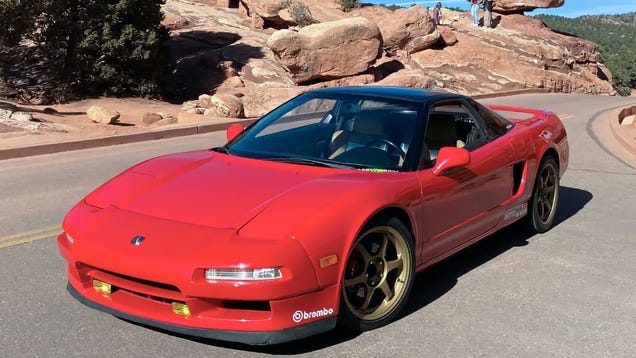
Labor Day 1957- The Russians announced that their Intercontinental Ballistic R-7 Missile could reach the west. The report of a successful test flight was announced on August 26 and dominated the news headlines of the week, until September 4th when the Americans announced their own bomb. It was called "the Edsel." and it the day chosen for its introduction was designated as "E-Day."
The Edsel, a medium priced car offered in four series, was positioned between the Ford and the Mercury on the Ford ladder. Its lower priced series were based on Ford, the upper series based on Mercury. It was the most researched car in Ford's history. And it was a thundering flop that lived only three model years.
Many post mortems have been performed on the ill fated Edsel and blame has been assessed: the controversial styling, the inexperienced dealer body, production snafus and the deep postwar recession. All are certainly factors, and had a role in the ultimate failure of the marque. But there's even more to the story.
The Edsel arose out of a concept known as the Breech Plan. It was conceived by Ford executive Ernest Breech, who was one of Henry Ford II's "Whiz Kids" who were brought in to save the company after the death of its founder in 1946. Breech had a reputation of being a trouble shooter and strategist, and he felt that Ford was missing too many segments of the market uncovered. He was a close friend of Henry II and it was not a surprise when Breech was named Chairman of the Board in 1955.
The Breech plan called for an alignment along the lines of General Motors- the Low priced Ford, a low-mid priced offering, the Mercury (migrating somewhat upmarket), the Lincoln, and a Super Lincoln. The board approved the plan in 1955, and of course the new low-mid priced offering ultimately became the star crossed Edsel.
Robert S. Macnamara was another of Henry Ford II's "Whiz Kids", who were brought in to save the company after the death of Henry. Macnamara was a Harvard MBA accountant whose expertise in cost management brought him huge accolades and reinforced his power within the ranks. And he strongly opposed the Breech Plan and the Edsel. Macnamara felt that the Ford Motor Company should concentrate on maximizing volume on the Ford nameplate (upon whose sales he just happened to be paid) and opposed the Edsel whose success he saw as distracting from his livelihood.
He was powerful enemy who made his displeasure known to all within earshot, both inside and outside of the company. Fairfax Cone, president of the Edsel's Advertising Agency wrote in his memoir that while in detroit for the Edsel's launch, he asked Macnamara what he thought of the yet-to-be-introduced new car. He wrote that he was shocked that Macnamara's response was "I have plans for phasing it out."
One cannot downplay the importance of such a powerful opponent. In the early fall of 1957, when Edsel was hoping for a strong launch, Macnamara offered strong dealer cash incentives of up to $750 on Ford cars, making the Edsel effectively $1000 more than a Ford. He succeeded in getting the Mercury, Edsel and Lincoln divisions merged and from there steered the downfall of the brand- first with consolidating Edsel products onto the Ford chassis only for 1959, and then reducing the make to a very slightly differentiated Ford for 1960.
Of course there were many factors going on in the market place in the late 1950's. The economy was in a deep recession. The controversial styling was a factor, but a similar look had given Studebaker record sales a few years back. Production quality was spotty. Dealer discounts on Fords made Edsel intenders into Ford drivers. And once the first comedian referred to the car as an "Olds sucking a lemon", the carefully crafted image began to shake.
First year Edsel sales of 61,000 were well below expectations, yet nonetheless represented the second best new nameplate introduction up to that time. But Macnamara was harping daily on what a disaster it was and now it needed to be dropped, and support within the company for the Edsel eroded daily. Edsel found its budgets slashed, its staffs reduced, and its options severely limited.
On November 14, 1959, Edsel became Ford's first murder victim.


















































.JPG)







